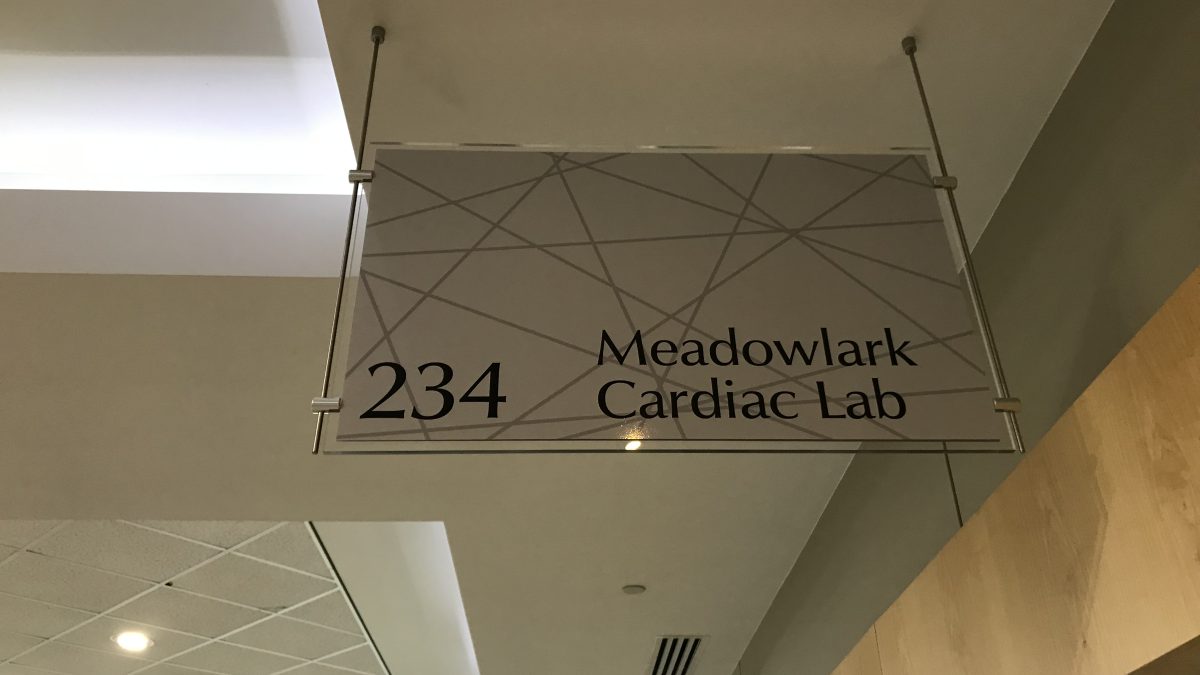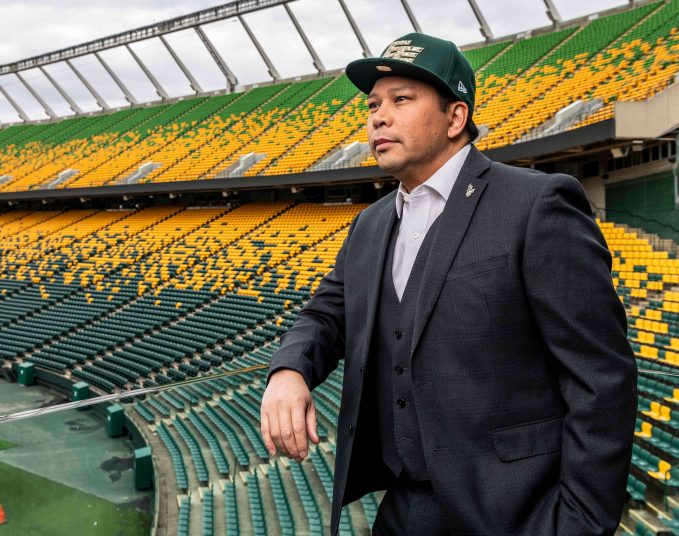Retail stores come and go, but people will always need health care. That’s why the key to reviving malls after a global pandemic may, somewhat ironically, lie in the medical industry.
West Edmonton’s Meadowlark Health & Shopping Centre has transformed itself by turning vacant former retail spaces into medical facilities.
“Meadowlark is to an extreme. The exterior part of Meadowlark is all retail but the entirety of the interior mall is medical,” says Ben Jasper, director of leasing with the mall’s owner, First Capital.
“We have basically every type of specialist in that mall, whether it’s orthopedic or dental or heart or cancer. They’ve created their own little family of cross-referral business and keeping everything on site.”
The mall has about 40 medical facilities, offering everything from blood work and X-Rays to minor surgeries. First Capital has also converted the entire second floor of Northgate Mall, on 137 Ave. NW at Canadian Forces Trail, to medical and is bringing a similar shift to Westmount Centre in Woodcroft.
With retail shopping on the decline since the advent of online shopping, and having taken a serious hit from the COVID-19 pandemic, Jasper says some mall owners are finding stability in the medical industry
“Any new space we develop, we develop it for medical,” Jasper says.
“Medical inherently is going to be more stable than retail. Typically you get a tenant whose build-out is more costly, I would say the quality of finishes are higher, you get significantly less turnover.”
Forbes magazine has suggested “meditail” is the cure for what ails brick-and-mortar malls, by satisfying commercial real estate’s need for “internet-resistant and service-oriented businesses,” while also shielding medical clinic owners from rising costs in typical clinic settings like office buildings.
A November 2021 Harvard Business Review report urges health care systems to invest in medical malls, saying they can help address health care inequities and evolving public health needs. The Harvard report says several trends are converging on this movement, including new technologies that allow more diagnostic procedures to be performed outside of hospitals.
Jasper says the added medical facilities in First Capital’s malls have helped their remaining retail stores as well by increasing daytime traffic, with people coming in for appointments during what is typically work and school hours.
“You have a larger number of people who work in those clinics, so there are nurses and staff and doctors who are there all the time who will then utilize gyms and other amenities that are at the mall,” Jasper says. “So it provides a nice balance, and it provides new traffic as well.”
The medical-first configuration is not only proving to be a lifeline for developers, but it can also benefit patients. Getting in and out of an imaging appointment, for example, can be less of a hassle to navigate in a mall than an office tower. Being next to a clinic, a pharmacy and a grocery store can also make a stressful medical situation feel a little more bearable.
Ben Volorney, a retail leasing specialist with Avison Young, says the trend is sweeping across Canada.
“It appears to be a formula that works,” he says.
“The biggest reason I would say is it adds stability to an otherwise unstable asset. Medical users can pay healthy rents, they can take ample square footage, and they typically stay for many years once they make a decision to take on new space.”
Once a medical lab, imaging facility and general practitioners are on board, others – dental specialists, orthodontists, surgeons, even spas – will often follow, “as the spokes coming off the main hub,” Volorney says.
He says it’s all part of the evolution of malls, which will also see a proliferation of gyms, virtual reality spaces, colleges and learning academies, and government offices.
Meanwhile, a recent Avison Young report had some promising numbers for traditional shops. While retail foot traffic remains below pre-pandemic levels, data from May 2022 shows Edmonton had the most dramatic quarterly decrease in retail vacancies since the start of the pandemic.
Savvy AF. Blunt AF. Edmonton AF.




